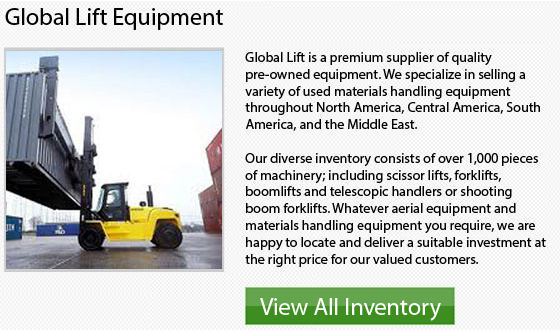
Counterbalance Forklift Training
Anyone who operates a counterbalanced lift truck must have training, according to Occupational Safety and Health Administration regulations. Training consists of a combination of classroom training and hands-on driver training. Refresher training is needed periodically to keep operator skills up to date. OSHA does not specify a required minimum time for either the classroom or hands-on training.
Counterbalanced Forklifts
A counterbalanced forklift balances its load with a counterbalance built into the truck. The tines move up and down parallel to the truck's body. The forks do not pivot. Operators who drive counterbalanced forklifts should receive training on the particular lift trucks they would be operating and in a similar workplace setting.
Classroom Training Courses
The forklift operator will be taught the basics of the model of forklift they will be using in classroom training. They will learn info regarding the forklifts specific things like weight, load and height capacity. The driver will learn the basics of charging or fueling the lift truck, that depends on whether the engine is gas-powered or battery-powered. Safety procedures regarding the particular lift truck, like how to walk safely around the forklift, would be covered.
Supervised Driving
Driver training would be supervised to ensure that the operator would know how to properly operate the counterbalance forklift. This practical training program will take place in the same type of setting wherein the operator will be working. The operator would train on the same kind of terrain with the same sorts of nearby buildings and other structures, as well as the same vehicular and pedestrian traffic.
Refresher Training
Although OSHA requires periodic refresher training for counterbalanced lift truck drivers, there are no specifications that determine the frequency of refresher training or its contents. However, for regular operators, refresher training must comprise classroom-style training.